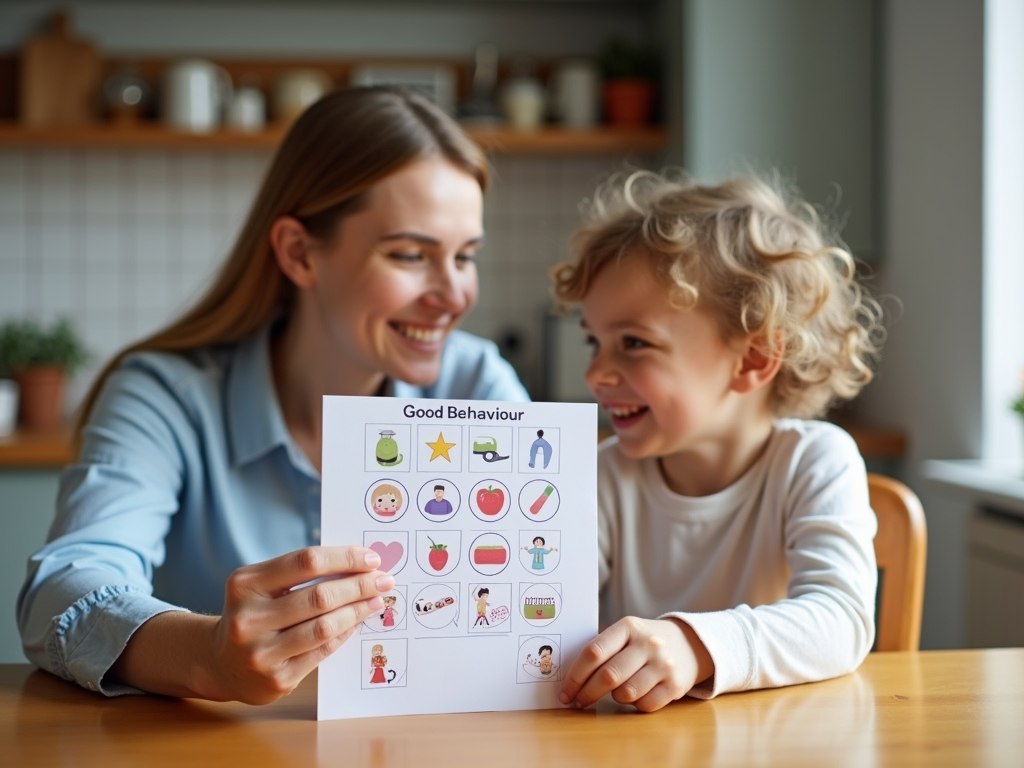Imagine a family dinner where silence replaces laughter. Parents are stressed, kids are distant, and tension fills the air. Many families face this struggle today. Family therapy offers a solution. It brings everyone together in a safe space to talk, heal, and grow closer. This article explains how family therapy works and why it matters.

What Is Family Therapy?
Family therapy is counseling for the whole family. Unlike individual therapy, which helps one person, it focuses on everyone together. The goal? Better communication, fewer conflicts, and a happier home. Therapists guide families to understand each other and make positive changes.
How It Views Families
Family therapy sees families as systems. Each person’s actions affect the others. For example, a teen’s behavior might stem from parents’ arguments. By fixing these patterns, therapy helps everyone get along better.

Issues It Tackles
Family therapy helps with many challenges: - Poor communication - Parenting struggles - Kids’ behavior problems - Couple conflicts - Grief or loss - Substance abuse - Mental health issues Working as a team, families find answers that fit their needs.
Techniques to Build Bonds
Therapists use simple, effective methods: - Talking exercises: Listening and sharing without blame. - Role-playing: Seeing others’ views. - Family maps: Spotting patterns across generations. - Home tasks: Practicing skills outside sessions. These tools are customized for each family.

Behavioral Therapy: Techniques and Approaches
Behavioral therapy often fits into family therapy. It’s about changing actions that cause trouble. Techniques include rewards for good behavior, copying positive examples, and shifting negative thoughts. Families use these to solve everyday issues.
Take a child’s tantrums. A therapist might teach parents to reward calm moments with praise or small treats. At the same time, the family digs into what’s causing the outbursts—like stress at home—and works on it together.

Handling Tough Problems
Some families face bigger issues, like addiction. Here, therapy might mix with other help. Behavioral therapy can play a role, sometimes even using advanced methods like aversion therapy for specific cases.
Aversion Therapy Explained
Aversion therapy is a type of behavioral therapy. It pairs a bad habit—like drinking—with something unpleasant, like nausea from a drug. While effective techniques in aversion therapy exist, it’s rare in family therapy. It’s more for individual struggles and needs expert care.

What Happens in Sessions?
Family therapy means weekly meetings, usually an hour long. Everyone joins in, guided by the therapist. They talk, learn skills, and get tasks to try at home. Therapy might last a few weeks or months, depending on the family.
Finding a Therapist
Pick a licensed therapist with family experience. Ask your doctor, check groups like the American Association for Marriage and Family Therapy (AAMFT), or look online. Meet a few to find someone your family trusts.
Why It’s Worth It
Family therapy rebuilds trust and understanding. It’s not magic—it takes effort—but the payoff is huge. Families leave stronger, ready to face life together. If your home feels off, therapy could be the fix you need.
Discuss Here